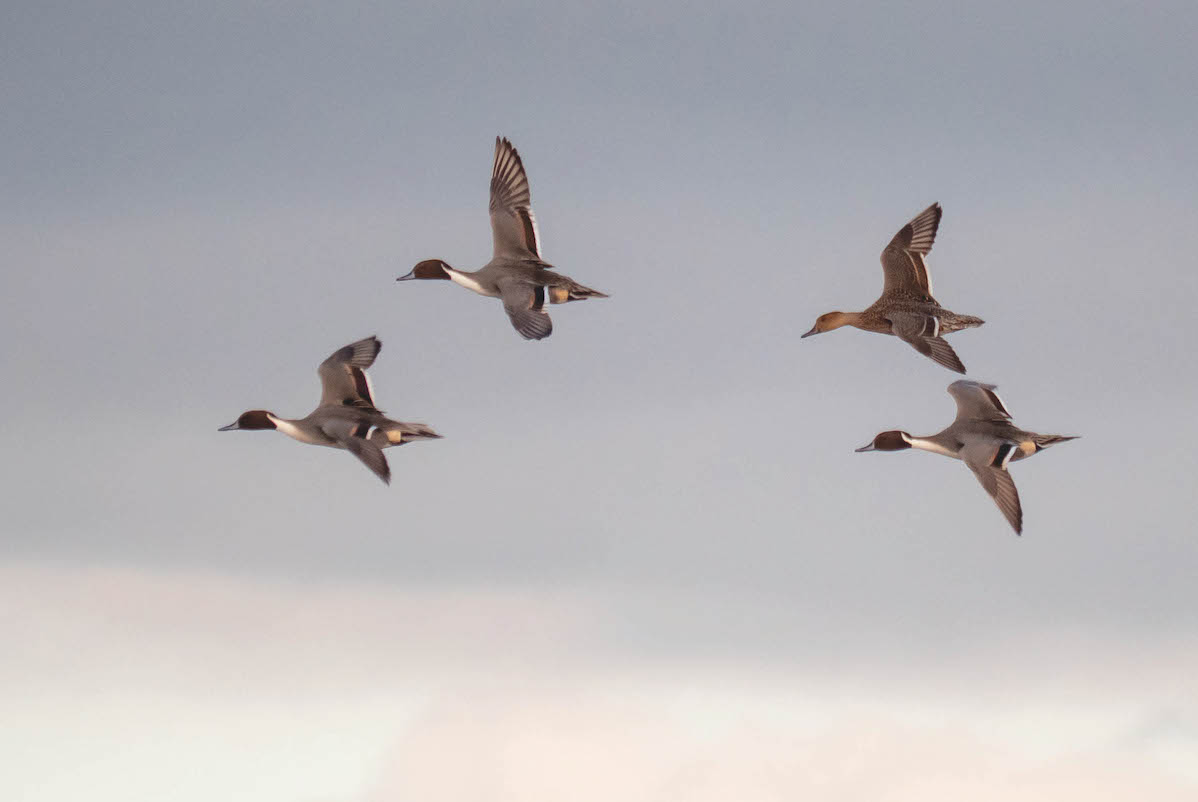Review of bird quarry lists is on the horizon
BASC has responded to the upcoming Government review by calling for self-regulation over the total removal of certain species, writes Felix Petit

The review is likely to focus on duck species such as pintail, which are thought to be in decline
Attacks on the shooting community continue, as BASC responds to an upcoming Government review of the bird quarry lists. BASC says it will challenge Government proposals to remove or amend the right to take a sustainable harvest of wild bird species.
The review is likely to focus on duck species such as pochard and pintail, which data suggests are seeing long-term declines. Coots, moorhens, black grouse and ptarmigan will also come under scrutiny to determine if it should continue to be legal to shoot them sustainably outside of the close season.
BASC has conducted a review of UK quarry bird species, resulting in the creation of a ‘sustainable shooting framework’. In the face of similar reviews, the shooting community has pushed for a self-regulatory approach. Allowing harvesting to continue provides an incentive for the shooting community to carry out essential habitat creation and targeted conservation, but this approach requires stakeholder trust.
Government reviews of the bird quarry lists are on the horizon…
BASC will challenge proposals to remove or amend the right to take a sustainable harvest of wild bird species and is producing the ammunition to support its arguments. Find out more ⬇️https://t.co/U8nGfAIvR2
— BASC (@BASCnews) August 7, 2023
In the current political climate, public perception of shooting has grown increasingly polarised, as demonstrated by the recent debanking scandal. (More on this in Shooting Times issue dated 16th September.)
Richard Negus, an award-winning conservationist, ST contributor and wildfowler, expressed his concerns about the accuracy of the data that reviews like this are often based on. “Wildfowl counting can so often be done with inconsistent methodologies. No single survey should be the sole arbiter of policy,” he explained.
Richard stressed the necessity for regional nuance when coming up with policy. “A carte blanche ban on harvesting a species based on data from one source, such as the British Trust for Ornithology, can represent an over-simplification of a complex picture. Lots of the data used to drive these changes is gathered from the bag numbers reported by wildfowlers alone,” he said.
“Population estimates should include details on species sightings as well as incorporating nesting habitat surveys and continuity surveys, which detail evidence of breeding success. Combining these approaches would provide a more holistic picture than I believe is currently available,” Richard concluded.
Species such as brent geese, Egyptian geese and mandarin duck may be added to the quarry list in light of increasing numbers of these species in the UK.








